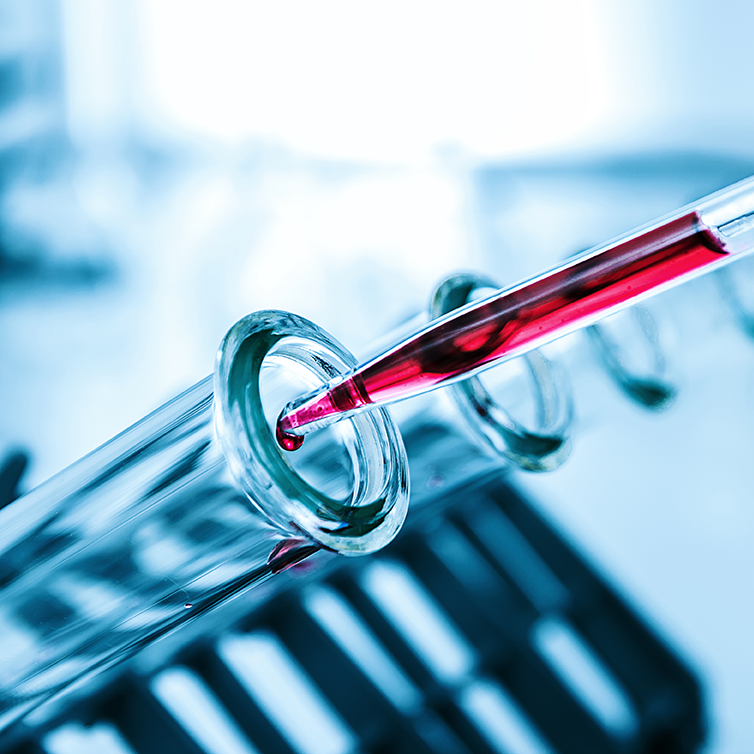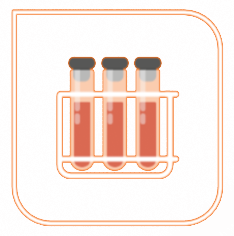Introducing the PeliClass Human IgG Subclass Plus Kit, a cutting-edge solution designed to facilitate rapid, consistent, and precise quantification of human IgG subclasses, including IgG1, IgG2, IgG3, and IgG4.
The quantification of IgG1 and IgG2 in serum is accomplished through nephelometric determination, relying on the specific reaction with a monospecific, highly avid anti-IgG subclass antiserum. For enhanced analytical sensitivity, the turbidimetric determination of IgG3 and IgG4 in serum utilizes a latex reagent coated with monospecific, highly avid anti-IgG subclass antibodies.
To ensure specificity, the fractionated sheep anti-human IgG subclass sera are meticulously prepared by absorption with isolated gammaglobulins of unwanted IgG subclasses and, if necessary, through absorption with isolated serum fractions 8-10. The polyclonal reagents incorporated in this kit are meticulously selected for their high avidity and specificity for human IgG subclasses. The nephelometric and turbidimetric quantifications operate on the principle of immune complex generation, measured by scattered light and light passing through, respectively.
Accurate determination of IgG subclass concentrations in test samples is achieved by comparing the results with a reference curve, generated using the provided IgG subclass calibrators. Ensuring the accuracy of the IgG subclass determinations and the validity of the reference curves, IgG subclass control sera are assayed.
For the calibration of IgG subclass levels in the calibrators, the ERM-DA470 serves as the calibrator, with assigned values of 6.210 g/L for IgG1, 3.450 g/L for IgG2, 0.390 g/L for IgG3, and 0.591 g/L for IgG4, derived from WHO 67/97 11.
With the PeliClass Human IgG Subclass Plus Kit, researchers and professionals can confidently analyze human IgG subclasses with efficiency and accuracy, backed by references 8-11 attesting to its reliable performance.





